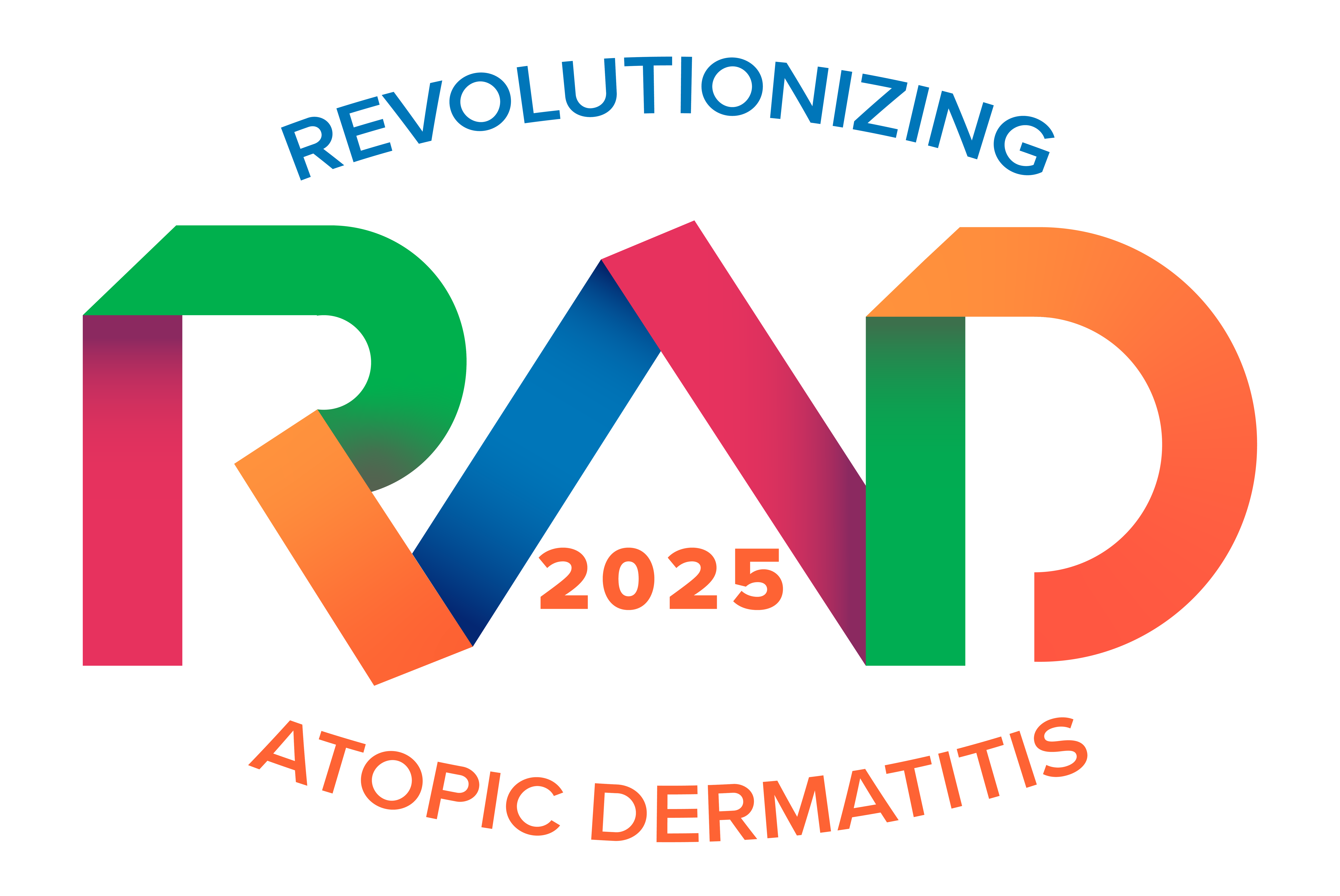
Black and Deaf or Hard of Hearing Patients Face Dermatologic and Health Disparities

A poster from the RAD Virtual Conference reviewed the relationship between Black and DHH patients and the shared disparities these populations face.
Black and deaf or hard of hearing (DHH) patients face overlapping and similar barriers to health care, including dermatologic care, according to a poster from the
Study authors Diamond R. Guy, BS, and Jason M. Rotoli, MD, sought to review health disparities faced by Black DHH patients, compare health outcomes between these patient populations, and examine the experiences faced by persons of color (POC) and DHH patients when seeking health care, specifically dermatologic care.
They noted that there is currently a lack of census data quantifying the number of Black DHH patients living in the US. This, they said, has made it difficult to further explore disparities in health care.
The review employed the use of databases such as PubMed and Google Scholar to pull research related to the experiences, outcomes, and disparities faced by members of the Black and/or DHH communities. Key search terms included "deaf or hard of hearing," "Black population," "health disparities," "dermatological care," and "outcomes."
Any articles containing irrelevant findings, commentaries, and case reports/series, as well as duplicate articles or articles not published in English, were excluded from review. In total, the review amassed 40 relevant articles.
Within the Black population, review authors noted that patients face disparate cardiovascular and cancer treatment, decreased preventative service utilization, decreased emergency department analgesia and resource utilization, lower rates of post-trauma survival, and a 3 times greater risk of maternal mortality and morbidity compared with white patients.
Within the deaf and DHH population, the review yielded data supporting a 7 times risk of being more likely to obtain inadequate health literacy compared to their hearing counterparts, lower treatment plan comprehension and adherence, disparate emergency department length of stays and testing, delayed cancer treatment, increased rates of mental health disorders, and an increased rate of intimate partner violence.
In patients who are both Black and DHH, individuals face and increased likelihood of cancer, diabetes, hypertension, and lung disease compared to Black hearing counterparts, an increased reluctance and decreased utilization of general medical services, inadequate clinician communication, lower and poorer health outcomes, and fewer representation in medicine, the review found.
Specific to the dermatology specialty, POC in dermatology account for fewer dermatology visits than their white counterparts, as well as having lower rates of survival for cutaneous T-cell lymphoma and squamous cell carcinoma, heightened rates of disease progression, and increased incidence of dermatologic conditions such as childhood atopic dermatitis, acne vulgaris, hidradenitis suppurativa, and acral lentiginous melanoma.
Regarding the causes of these disparities, review authors deduced that the Black and DHH populations experience overlapping health and medical disparities, including discrimination, historical medical mistrust, disproportionate health care representation, low health literacy, and poor communications with clinicians.
One limitation of the study was a lack of relevant research for these patient populations, particularly regarding personal experiences of Black and DHH patients in accessing health care, with an increased lack of research pertaining to dermatologic care.
"General dermatologic care accessibility, patterns, treatments, and outcomes are opportune areas to explore amongst the Black DHH population," review authors wrote. "With improved information, healthcare providers can provide better goal directed effort (in the form of education, funding, research, and community engagement) to positively impact health outcomes of this marginalized group."
Reference
Guy DR, Rotoli JM. Exploring the Intersectionality of Being Deaf and Black while Accessing Dermatological Care. Poster presented at: 2023 Revolutionizing Atopic Dermatitis (RAD) Virtual Conference; December 10, 2023.
Newsletter
Like what you’re reading? Subscribe to Dermatology Times for weekly updates on therapies, innovations, and real-world practice tips.

















